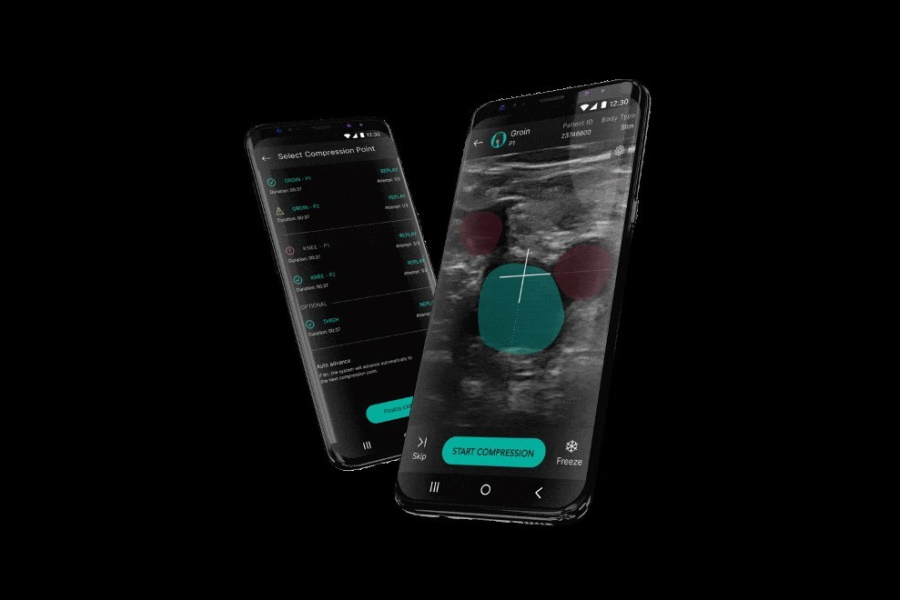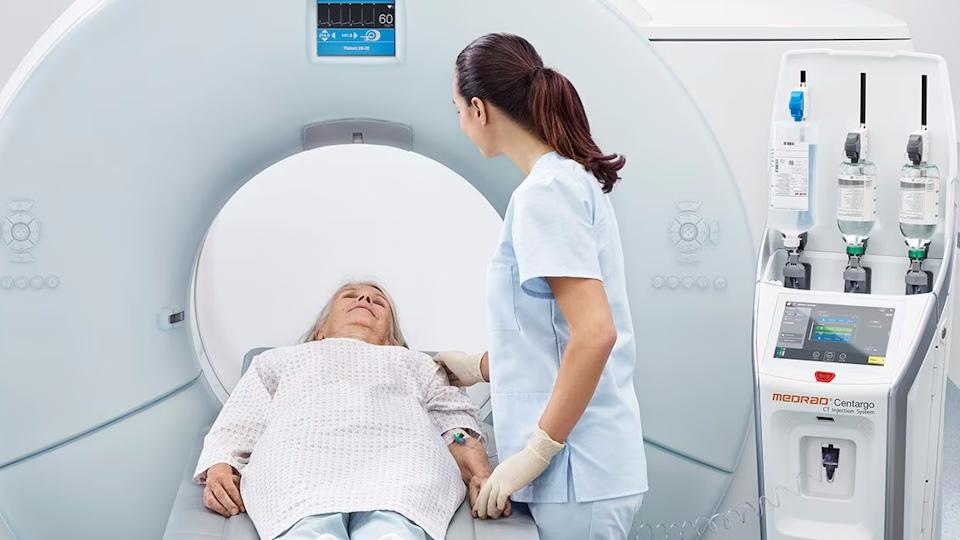AI aims to prevent unneeded treatment for deep vein thrombosis

Researchers in the UK are working on an artificial intelligence (AI) algorithm to help diagnose deep vein thrombosis (DVT) from ultrasound images – and potentially prevent patients from receiving drugs unnecessarily.
The team from Oxford University, Imperial College London and the University of Sheffield are working with German tech company ThinkSono on the smartphone-based app, called AutoDVT, and estimate it could cut the cost to health services of each examination by up to $150.
DVT is a blood clot most commonly found in the leg, which can lead to fatal blood clots in lungs and is associated with long-term symptoms and disability in 30-50% of patients. It is usually diagnosed using compression ultrasound, interpreted by a trained radiographer.
Unfortunately, up to 90% of patients with possible symptoms are not found to have a DVT on imaging, which contributes to long waiting lists for scans and a heavy workload for specialists.
A study of the AI published in Nature Digital Medicine suggests that the AI algorithm accurately diagnosed DVT when compared to the gold standard ultrasound scan. This is the first study to show that machine learning algorithms can potentially diagnose DVT, according to the researchers.
The open label study trained the AutoDVT app on 255 volunteers, and then assessed it against 53 patients with or without a previous diagnosis of DVT, to give a preliminary sense of its sensitivity and specificity. The scientists also modelled the potential cost-effectiveness of the system using NICE criteria.
"We have found that the preliminary data using the AI algorithm coupled to a hand-held ultrasound machine shows promising results," said study lead Dr Nicola Curry of Oxford University.
"Currently, many patients do not have a definitive diagnosis within 24 hours of a suspected DVT, and so many patients end up receiving painful injections of what can often be an unnecessary anticoagulant, with potential side effects," she added.
The hope is that AutoDVT will get the right diagnosis faster to the nearly 8 million people worldwide who potentially have a venous blood clot each year, according to the researchers.
The researchers are now working on a blinded study that will compare the accuracy of AutoDVT with standard care to give a more robust assessment of its ability to pick up DVT cases.
"The AI algorithm can not only be trained to analyse ultrasound images to discriminate the presence versus the absence of a blood clot," commented study team member Christopher Deane from the Oxford Haemophilia and Thrombosis Centre.
"It can also direct the user using the ultrasound wand to the right locations along the femoral vein, so that even a non-specialist user can acquire the right images," he added.













